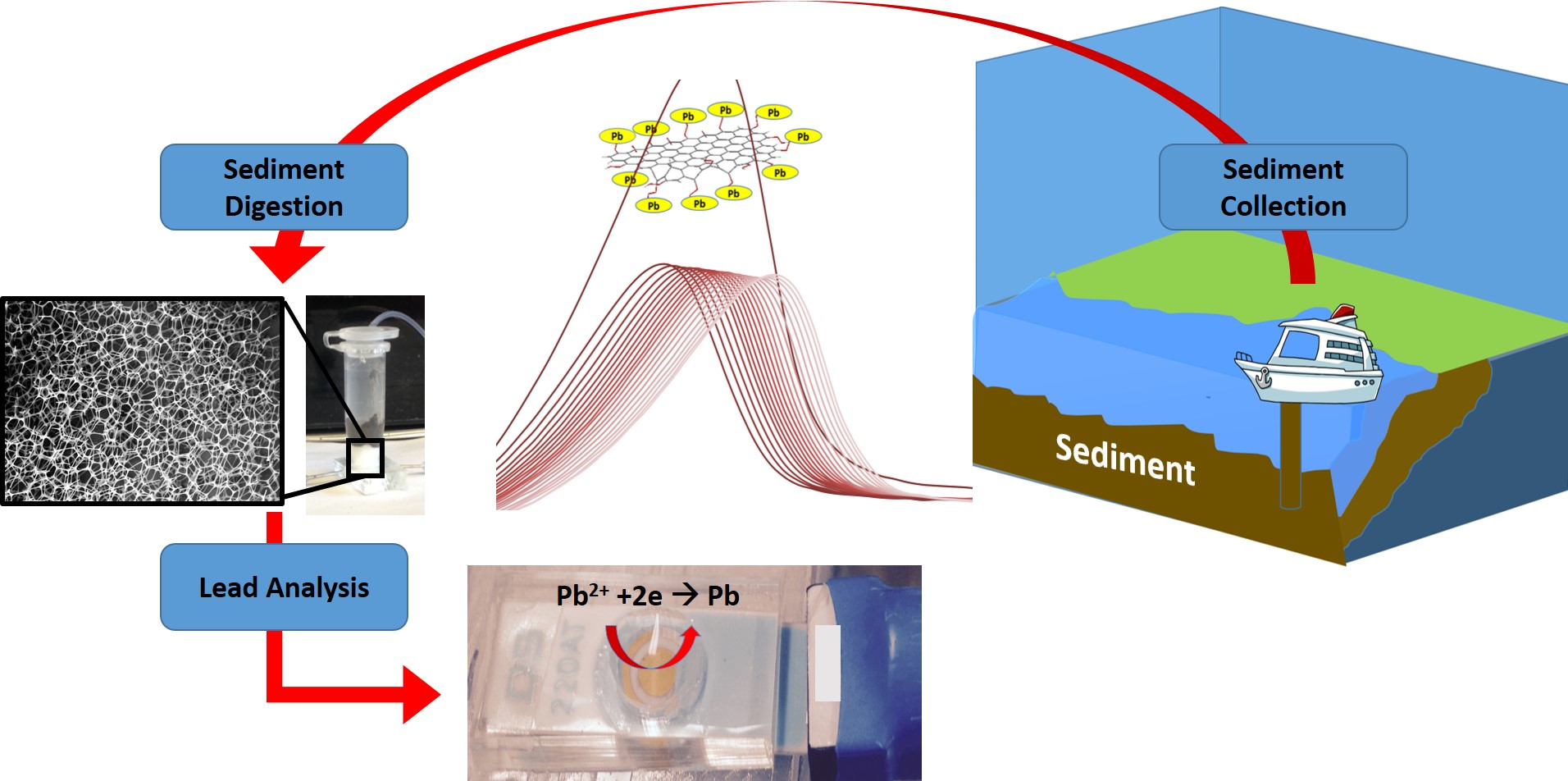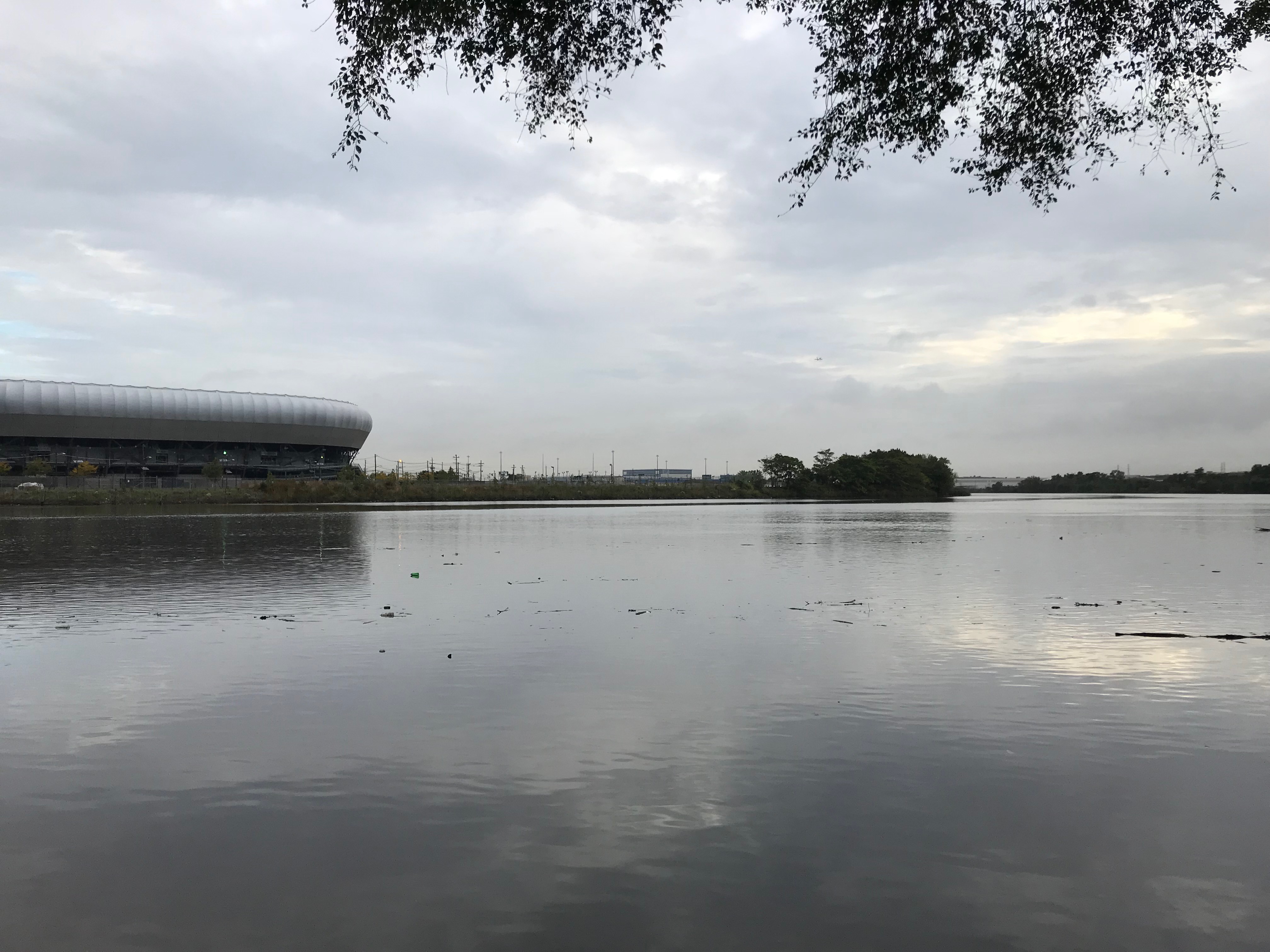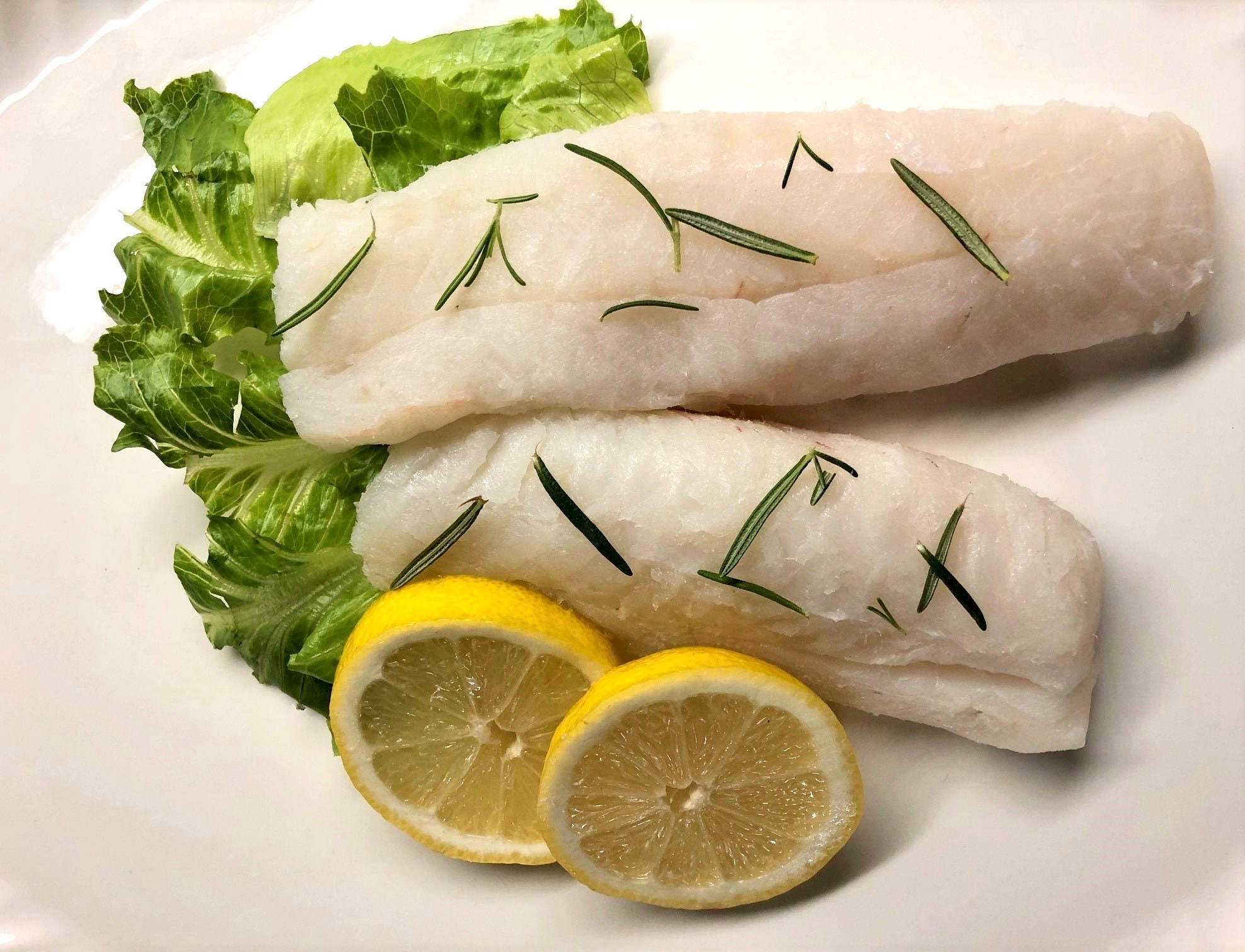In a study published in the journal Environmental Science & Technology, WashU researchers discovered that a common mineral called goethite — an iron-rich mineral that is abundant in soils that cover the Earth — tends to incorporate trace metals into its structure over time, binding the metals in such a way that it locks them out of circulation.
Tag: Contaminants
MSU works to make drinking water safer by fighting contaminants
MSU has been awarded a $2.1 million grant from the U.S. Environmental Protection Agency, or EPA, to better understand the amount of pathogens, such as Legionella, and disinfection byproducts in drinking water distribution systems and to assess associated health risks.
Expert on Human Exposure to Contaminants – Response to 3M & Forever Chemicals
Environmental health researcher, epidemiologist, and statistician, Scott Bartell, PhD, is a professor at the UCI Program in Public Health in the Department of of Environmental and Occupational Health and has joint appointments across all other UCI Public Health departments as…
Toxins from Harmful Algae Found in Bull Sharks of Florida’s Indian River Lagoon
The Indian River Lagoon (IRL) is a bull shark nursery habitat crucial to survival and recruitment of Atlantic coast bull sharks. Analysis of 123 samples found the presence of one or more phycotoxin from harmful algal blooms in 82 percent of the bull sharks and their prey items. Findings highlight the potential threat of toxic algae to the IRL’s ecosystem and surrounding human populations that may consume the same prey species. The highest concentrations of most toxins were detected in gut content samples, highlighting dietary exposure as an important mechanism of toxin transfer to bull sharks in the system.

New Device Can Measure Toxic Lead Within Minutes
Rutgers researchers have created a miniature device for measuring trace levels of toxic lead in sediments at the bottom of harbors, rivers and other waterways within minutes – far faster than currently available laboratory-based tests, which take days. The affordable lab-on-a-chip device could also allow municipalities, water companies, universities, K-12 schools, daycares and homeowners to easily and swiftly test their water supplies. The research is published in the IEEE Sensors Journal.

Bacteria Can Defuse Dangerous Chemical In Passaic River
Bacteria that can help defuse highly toxic dioxin in sediments in the Passaic River – a Superfund hazardous waste site – could eventually aid cleanup efforts at other dioxin-contaminated sites around the world, according to Rutgers scientists. Their research, published in the journal Environmental Science & Technology, needs further work to realize the full potential of the beneficial bottom-dwelling microbes.

Seafood Products Made From Cells Should be Labeled Cell-Based
Companies seeking to commercialize seafood products made from the cells of fish or shellfish should use the term “cell-based” on product labels, according to a Rutgers study – the first of its kind – in the Journal of Food Science. Both the U.S. Food and Drug Administration and U.S. Department of Agriculture require food products to have a “common or usual name” on their labels so consumers can make informed choices about what they’re purchasing.

Cleaning products could expose children to dangerous contaminants at child care facilities
A new peer-reviewed study, co-authored by two Indiana University researchers, suggests high levels of dangerous contaminants — known as PFAS — are finding their way into child care centers through cleaning products.